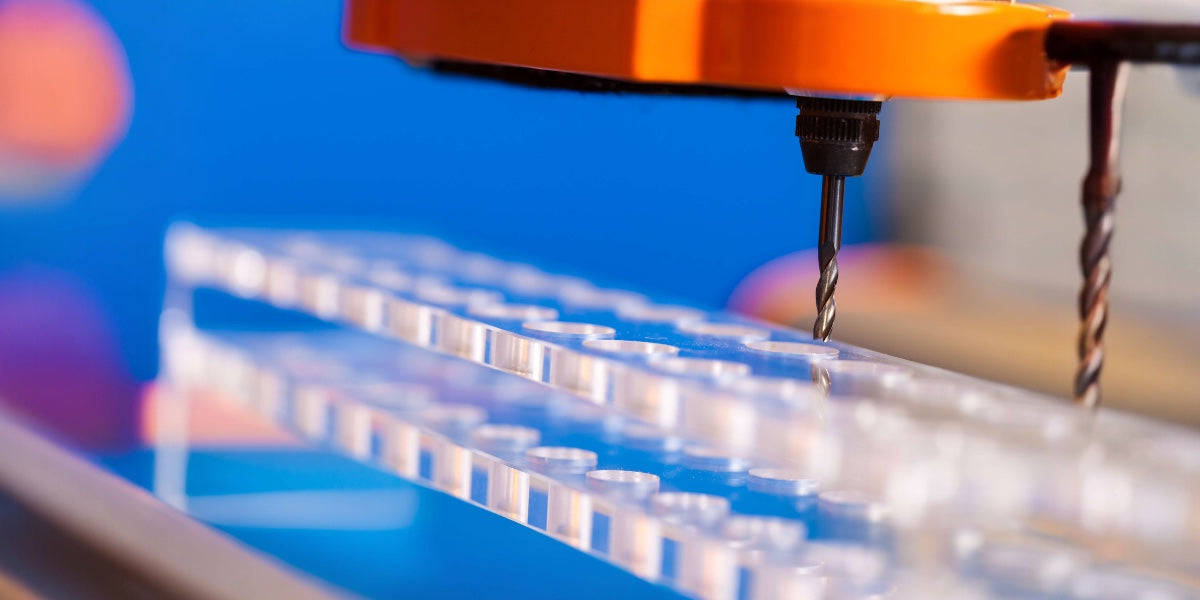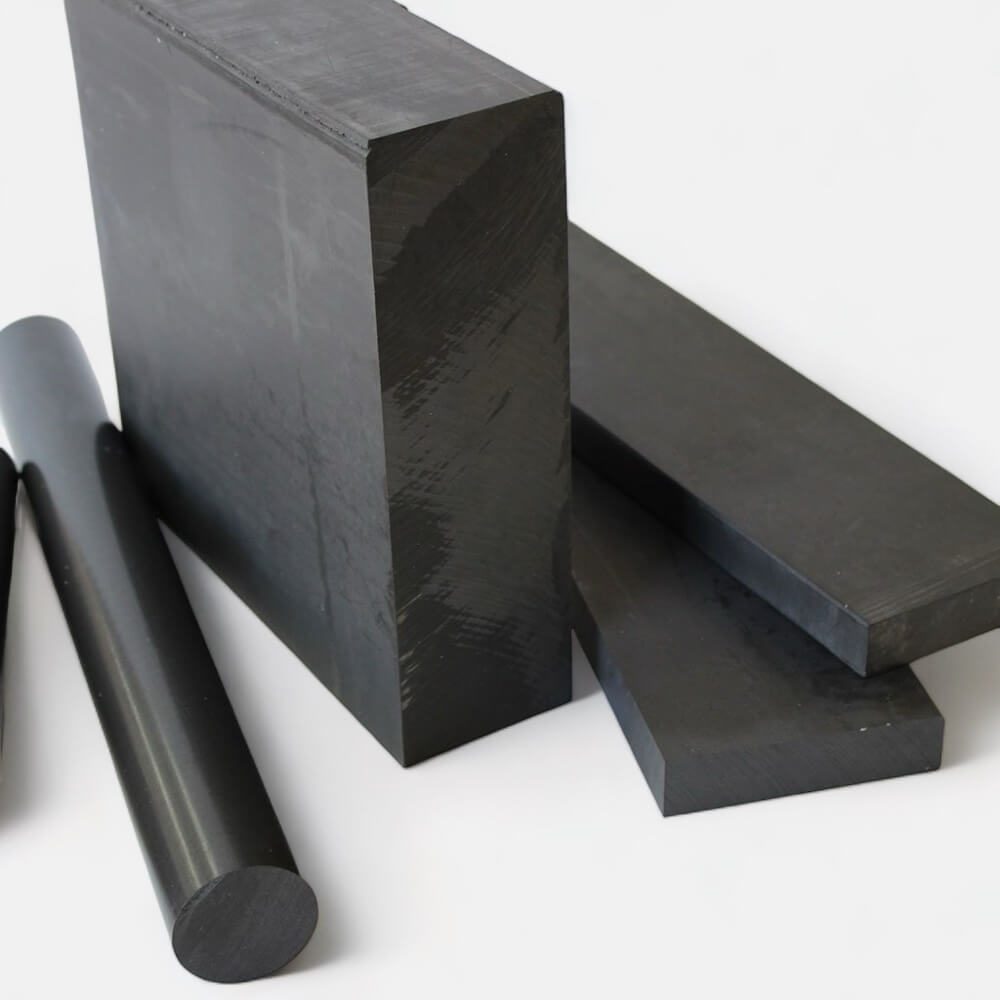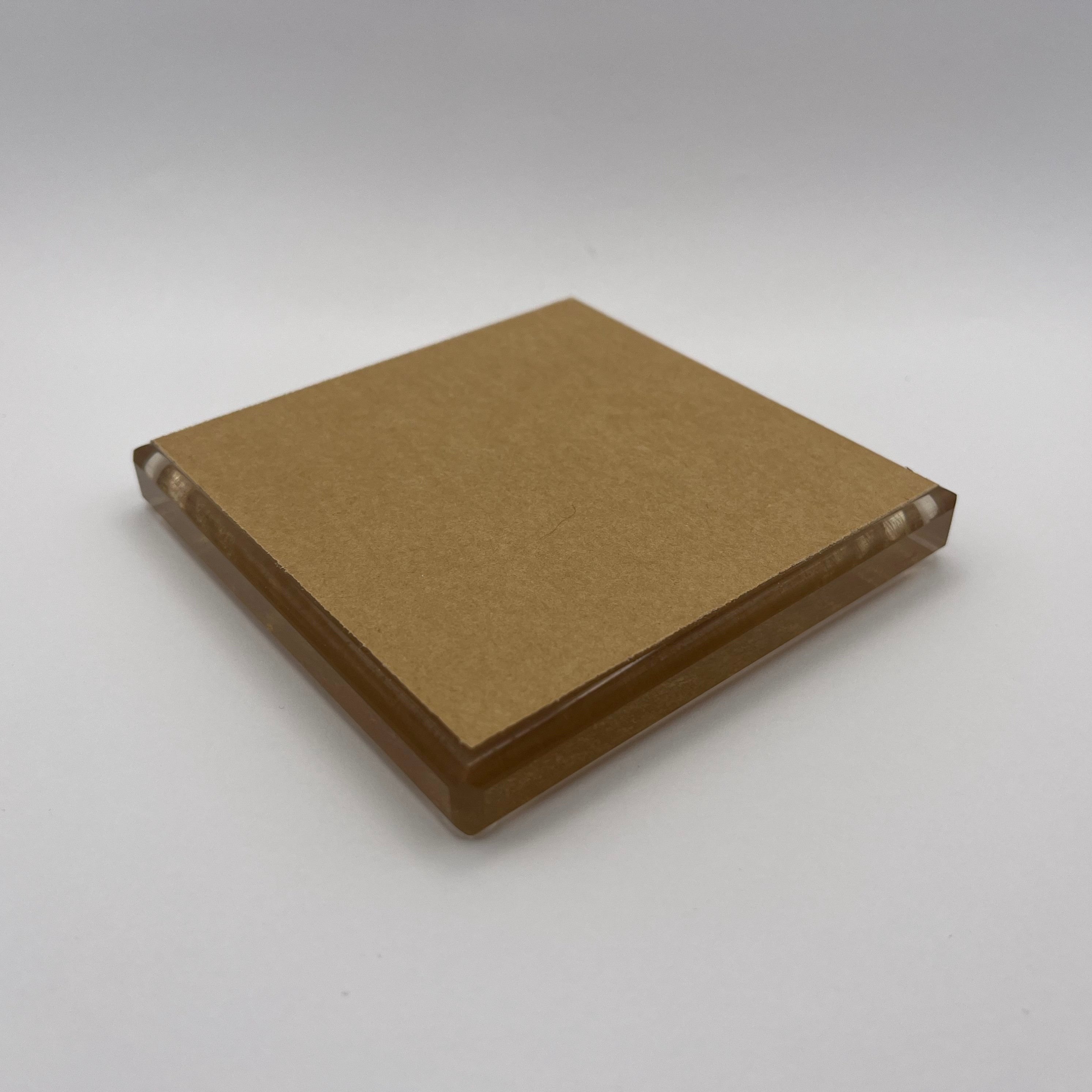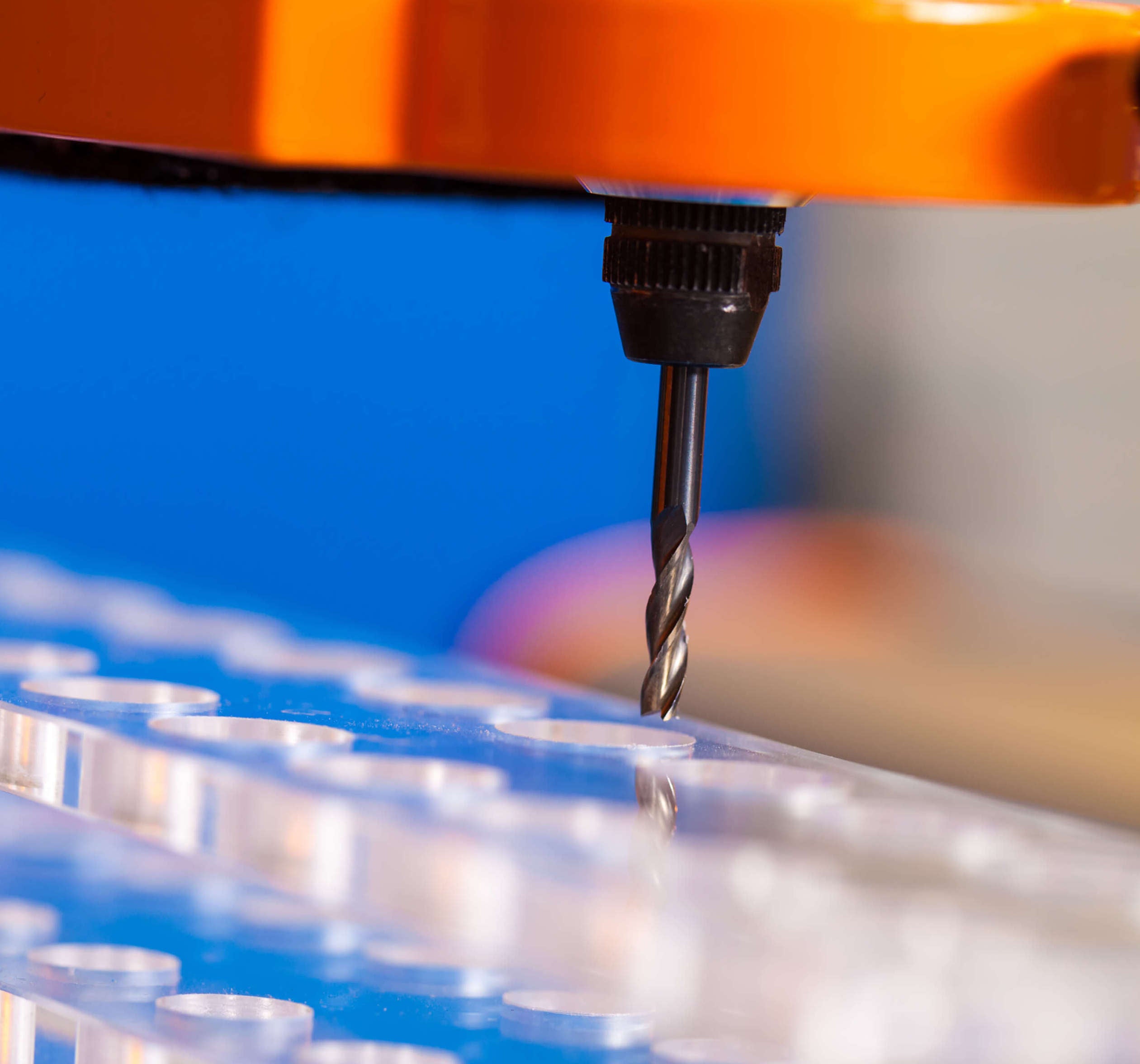Plastic machining is crucial in manufacturing, enabling the production of precise components and products from various plastic materials. From intricate prototypes to large-scale production, plastic machining employs different techniques and machinery. Below, we explore the types of machinery used, common machining techniques, and the key advantages plastic machining offers to industries.
Types of Plastic Machining
Plastic machining is performed using either manual or CNC (computer numerical control) machinery, each suited for different applications based on complexity, volume, and precision.
- Manual Machining
Manual machining involves using conventional tools such as lathes, milling machines, and drills, operated by skilled machinists. It offers flexibility and is cost-effective for small-scale production or prototyping. However, achieving precise results requires significant expertise, as machinists manually control the tools.
- CNC Machining
CNC machining automates the manufacturing process with computer-controlled machinery, such as CNC routers, mills, lathes, and grinders. CNC allows for high repeatability, accuracy, and efficiency, making it ideal for large-scale production and complex designs. It reduces reliance on manual labor by following programmed instructions to execute precise cuts and movements.
Techniques in Plastic Machining
Several machining techniques are employed depending on the plastic material and the desired outcome:
- Milling: Uses rotary cutters to remove material and create flat surfaces, pockets, and complex contours.
- Turning: Rotates a workpiece on a lathe to shape cylindrical components like rods and shafts.
- Drilling: Creates holes for assembly and fastening.
- Routing: Cuts profiles and shapes in plastic sheets using CNC routers, commonly used in signage and furniture.
- Grinding: Achieves precise surface finishes and tight tolerances with abrasive wheels.
Advantages of Plastic Machining
Plastic machining offers several benefits across various industries:
- Versatility: It accommodates a wide range of plastics (thermoplastics and thermosets), enabling diverse applications.
- Precision: Both manual and CNC machining allow for high precision and tight tolerances.
- Cost-Effectiveness: CNC machining, while having higher initial setup costs, reduces overall production costs in large-scale operations through automation and shorter lead times.
- Customisation: It enables rapid prototyping and tailored solutions for specific needs.
- Material Efficiency: Machining minimises waste by removing only the necessary material, unlike injection moulding.
Plastic machining is a versatile, precise, and cost-effective process used to manufacture high-quality plastic components for industries like automotive, aerospace, electronics, and healthcare. Whether using manual tools or CNC machinery, manufacturers benefit from the flexibility and precision of plastic machining, helping them stay competitive in today’s dynamic market. Understanding the various techniques and machinery options allows businesses to optimise their processes for better performance and efficiency.





Leave a comment
This site is protected by hCaptcha and the hCaptcha Privacy Policy and Terms of Service apply.